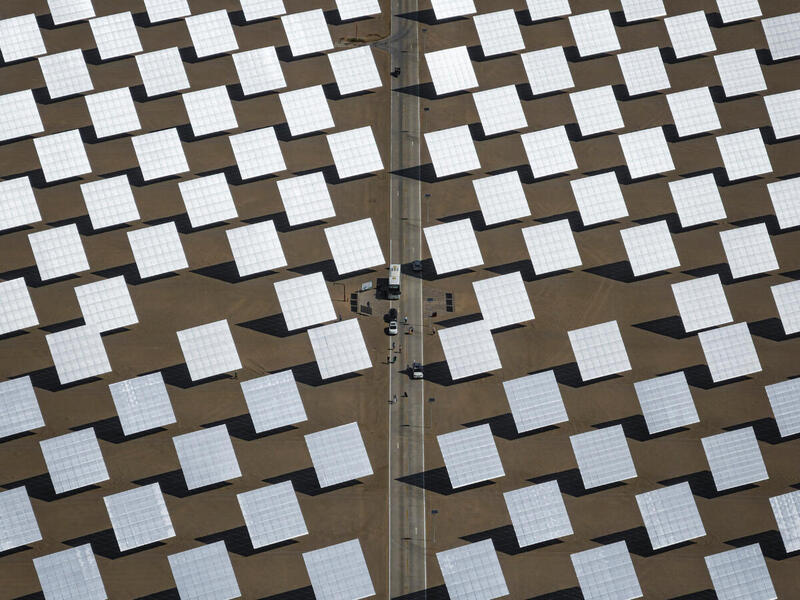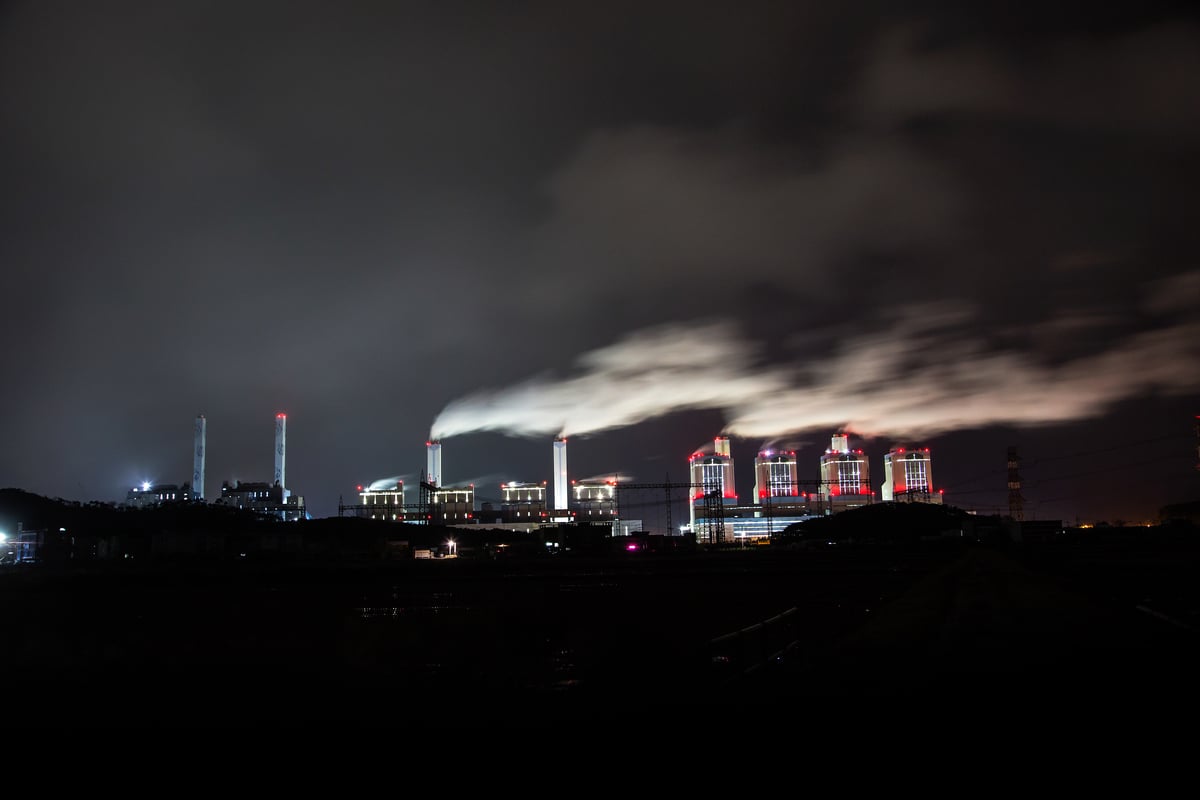“As coal consumption declines and China steps up its climate commitments, state owned companies are blindly investing in a polluting, water intensive and outmoded form of power generation. Money which should be invested in renewables is simply being poured down the drain,” said Lauri Myllyvirta, Senior Global Campaigner on coal.
The total expenditure on the 155 projects could reach an estimated 470 billion rmb and add up to 40% to the current debt of the state owned companies involved.
If they go into operation, the power plants would have serious environmental and health consequences. The 155 plants would emit an annual quantity of CO2 equivalent to 6% of China’s current emissions and seriously exacerbate water scarcity issues. Moreover, air pollution emissions would add to cases of asthma and chronic bronchitis and increase the death toll from air pollution by an estimated 6,100 every year. This would mean 150,000 premature deaths over the typical coal power plant operating life of 24 years.
Researchers at the China Electricity Council and the government-affiliated Energy Research Institute already acknowledge the overcapacity problem and have called for a slowdown in construction [2]. The lack of market forces and government attempts to boost spending mean, however, that there are still strong incentives for state-owned energy companies to invest in what will be idle power plants.
Greenpeace East Asia demands that central government immediately institute a ban on issuing new permits for coal-fired power plants, review permits issued at provincial level and cancel all permits for projects in regions with overcapacity. Greenpeace East Asia also calls on the government to include a binding national coal consumption cap in the upcoming 13th Five Year Plan in order to consolidate China’s shift away from coal.
Notes:
1: For the first time in the almost four decades during which China has published energy statistics, utilization rate of China’s thermal generating capacity was below 50% in the first nine months of this year. Thermal power generation in 2015 will be at the same level as in 2011. Regardless, an astonishing 190GW of thermal power capacity has since been added, creating a serious overcapacity problem.
2: http://uk.reuters.com/article/2015/11/06/china-coal-electricity-idUKL3N1311O920151106
Media contact:
Tom Baxter,
International Communications Officer, Greenpeace East Asia,
email: [email protected]
phone: +86 188 1134 4861
Greenpeace International Press Desk
phone: +31 (0) 20 718 2470 (available 24 hours)
Greenpeace stands for positive change through action to defend the natural world and promote peace. We are a non-profit organisation with a presence in 40 countries. To maintain its independence, Greenpeace does not accept donations from governments or corporations but relies on contributions from individual supporters and foundation grants. www.greenpeace.org/eastasia



